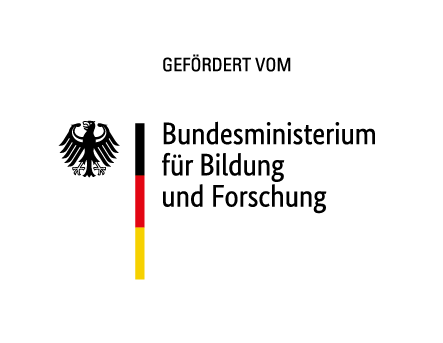
KOARCH: Cognitive Architecture for Cyber-Physical Production Systems and Industrie 4.0
Global competition combined with increasing product complexity resulted in a massive growth in complexity of production systems in the last years. The largest part of the development content in mechanical engineering concerns software development. This increasing workload is weighing on automation specialists, system engineers and plant manufacturers.
Industrie 4.0, cyber-physical-systems and intelligent automation-systems offer a solution for this increasing burden: The main ideas is shifting human expert knowledge into automation. As opposed to the procedural approach of classical automation, the expert just formulates objectives like a description of the final product, throughout targets or the allowed energy consumption.
The knowledge refers to objectives that are described as statements and not as procedures to achieve the objectives like it was before. This means, the knowledge is described declaratively and not procedurally. This way, intelligently programed systems can use this knowledge to solve adaption and optimisation problems. Therefore, the human effort in automation decreases, e.g. in optimisation tasks, commissioning and plant modifications.
In order to realise such intelligent systems, there is a need of new automation technologies and especially new software services. This includes e.g. machine-learning-methods, condition-monitoring- and diagnosis algorithms as well as optimisation processes.
Currently these new software services get implemented in Industrie 4.0 approaches by each partner independently. The interfaces are proprietary, so that data, models and results can not be exchanged. Besides, a kognitive architecture Is developed in this project, to enable an easy exchange of data and services in Industrie 4.0 environments. Therewith, Industrie 4.0 devices and components from different manufacturers are able collaborate, i.e. they can exchange data, information (e.g. anomalies and optimisation goals) as well as algorithms and solution strategies and process them.


